Tanjiro Kamado stands out in ‘Demon Slayer: Kimetsu no Yaiba’ because his abilities, training, and choices consistently push the story forward while revealing new layers of the Demon Slayer Corps’ history. From mastering distinct Breathing Styles to unlocking rare traits tied to ancient warriors, he combines technique, instinct, and empathy in ways that change how battles are fought and how demons are understood. Below are ten concrete aspects of Tanjiro that show exactly how he operates, learns, and leads across arcs like ‘Mugen Train’, ‘Entertainment District Arc’, and ‘Swordsmith Village Arc’.
Hinokami Kagura (Sun Breathing) Mastery
 ufotable
ufotableTanjiro’s Hinokami Kagura, later identified as Sun Breathing, mirrors the original source of all Breathing Styles in the series. He adapts its heat-like, high-output forms to counter demons with quick regeneration and overwhelming strength. By refining breathing control and stamina management, he chains Sun Breathing with other techniques to maintain pressure in extended fights. This lets him convert brief openings into decisive sequences when standard forms fall short.
Water Breathing Foundation
 ufotable
ufotableBefore learning Sun Breathing, Tanjiro trains under Sakonji Urokodaki to use Water Breathing, gaining a versatile toolkit for offense, defense, and movement. Forms like flowing footwork and angled cuts help him redirect momentum, conserve energy, and fight in close quarters without overcommitting. Water Breathing also provides clean transitions into faster styles, so he can switch rhythms mid-fight. This foundation stabilizes his technique and reduces wasted motion.
Extraordinary Sense of Smell
 ufotable
ufotableTanjiro’s heightened sense of smell lets him track demons, identify traps, and detect emotional states from subtle scent changes. In combat he reads an “opening thread,” a precise moment when an enemy’s guard or trajectory creates a clean path for a strike. This sensory edge pairs with footwork and timing, enabling accurate cuts against agile or hidden targets. Outside battle, it supports rescue work by locating survivors and following faint trails.
Black Nichirin Blade
 ufotable
ufotableTanjiro’s Nichirin sword turns black, a rare color with little recorded data in the Corps, which makes its properties the subject of speculation among swordsmiths. The blade endures intense heat shifts as he alternates between Water Breathing and Sun Breathing, demanding frequent maintenance and precise tempering. During the ‘Swordsmith Village Arc’, his connection to older techniques and weapons expands the blade’s narrative significance. The black color becomes a visual marker for his unusual path through multiple styles.
Hanafuda Earrings and the Legacy Link
 ufotable
ufotableHis Hanafuda earrings are a family heirloom associated with the dancer who passed down the Hinokami Kagura. The motif ties Tanjiro to the earliest Demon Slayer traditions and to a lineage of techniques preserved through ritual rather than formal manuals. This link clarifies why his body adapts to Sun Breathing patterns despite training first in Water Breathing. The earrings function as a constant, visible reminder of that original style’s survival.
Demon Slayer Mark
 ufotable
ufotableUnder extreme strain and precise conditions, Tanjiro manifests a Demon Slayer Mark that boosts strength, speed, and perception during critical exchanges. The Mark’s activation correlates with elevated body temperature and risk, so it requires disciplined breath control to avoid collapse. With it, he can track high-speed feints and sustain complex combo routes longer than baseline human limits. The Mark’s burden forces him to plan engagement windows carefully.
Total Concentration Constant
 ufotable
ufotableTanjiro practices Total Concentration Constant to keep enhanced respiration active day and night, not just in combat bursts. Maintaining this state raises baseline strength, recovery, and focus while accelerating the uptake of advanced forms. The discipline also shortens the gap between training and application, so improvements show up quickly in real missions. Over time, it lets him endure prolonged operations with less performance drop-off.
Battlefield Adaptability and Form Switching
 ufotable
ufotableHe frequently shifts between Water Breathing’s fluid angles and Sun Breathing’s explosive entries depending on terrain, enemy regeneration speed, and team positioning. This switching thwarts opponents who key in on a single rhythm or predictable tempo. By adjusting form selection to pressure lines and escape routes, he keeps initiative even when surprised. The approach turns mixed-style synergy into a problem-solving method rather than a fixed routine.
Iron-Headed Tactics
 ufotable
ufotableTanjiro’s famously hard skull isn’t just a gag—it’s a repeatable tactic used to stun or disrupt foes at close range. Well-timed headbutts break an enemy’s rhythm, setting up a clean blade path without telegraphed wind-ups. He uses them in tight spaces where swing arcs are limited and quick shocks matter most. This option gives him a non-bladed tool for creating openings without burning stamina on heavy forms.
Team Coordination and Field Leadership
 ufotable
ufotableOperating with Nezuko, Zenitsu, and Inosuke, Tanjiro calls adjustments that fit each ally’s strengths and current stamina. He shares intel—like scent-based positions or timing cues—so partners can commit safely to high-reward moves. In arcs such as ‘Entertainment District Arc’ and ‘Mugen Train’, he integrates support from Hashira and civilians by matching their timing windows with his openings. This coordination turns individual skills into coherent, layered pressure.
Share your favorite Tanjiro detail in the comments and tell us which moment made you a fan!

.jpeg)
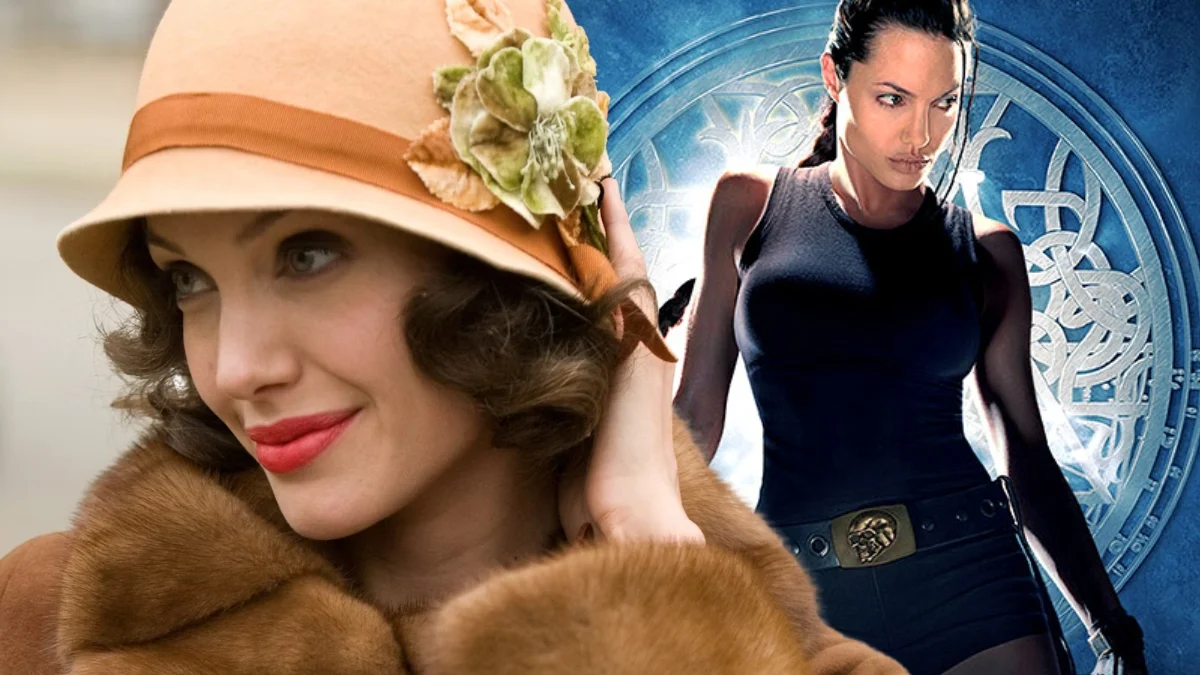





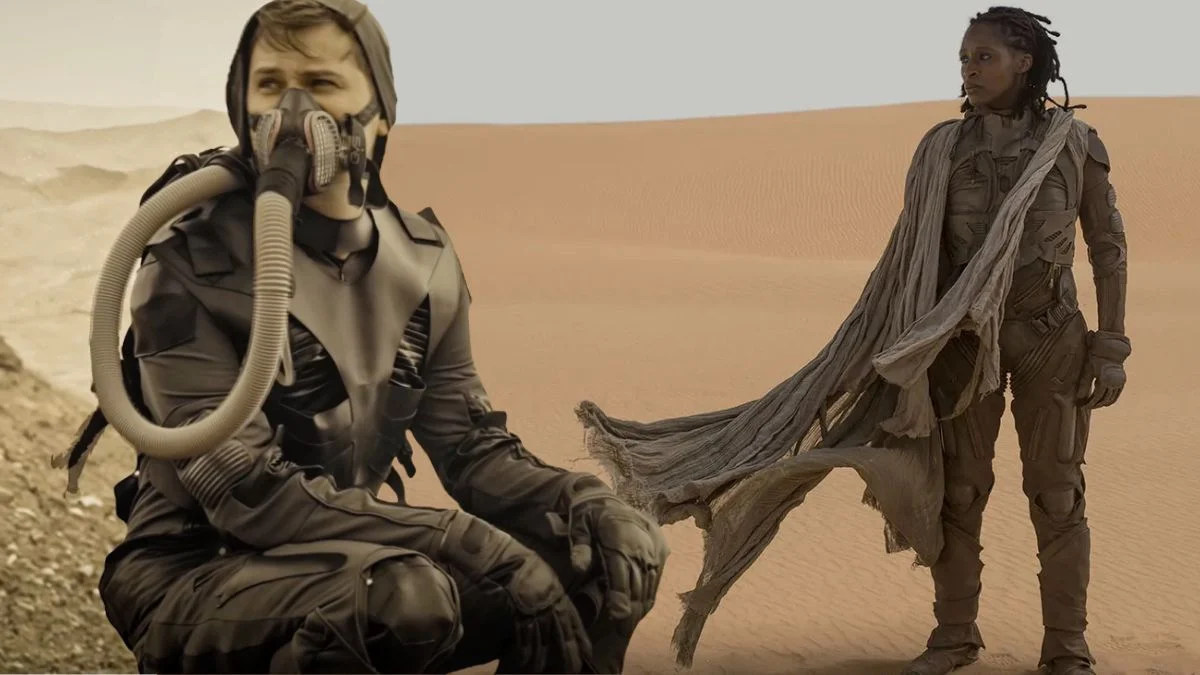
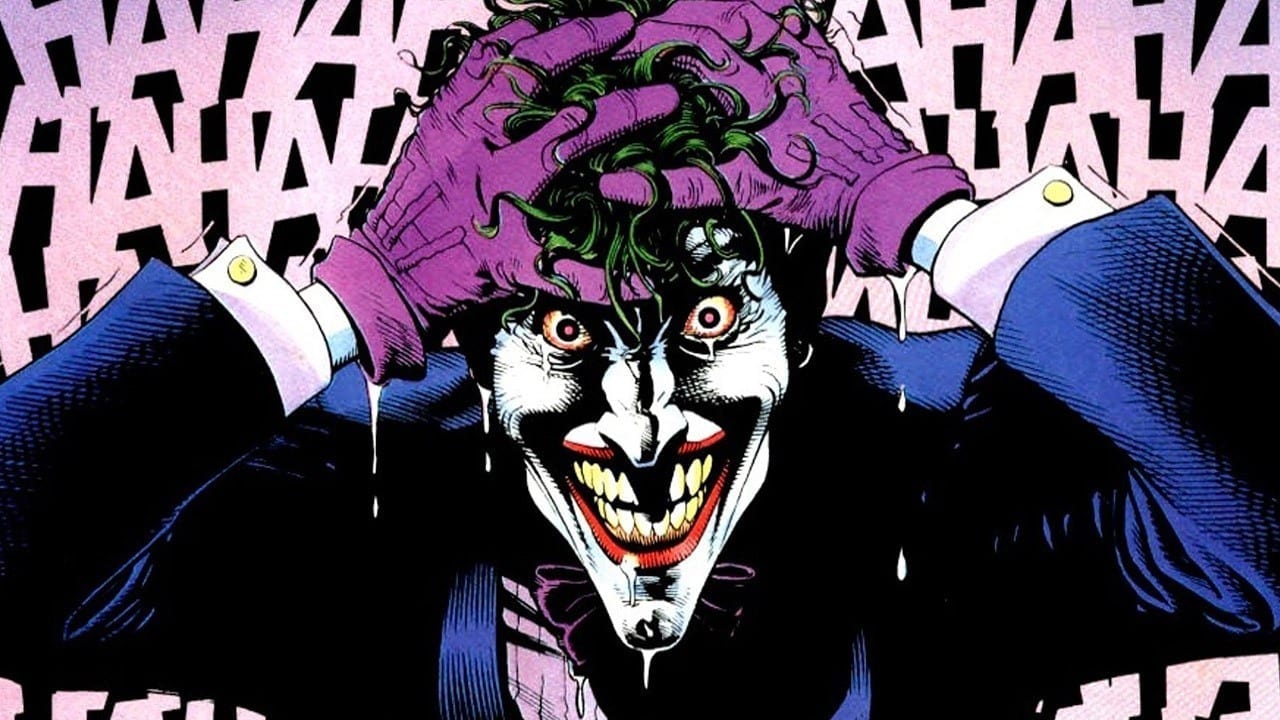

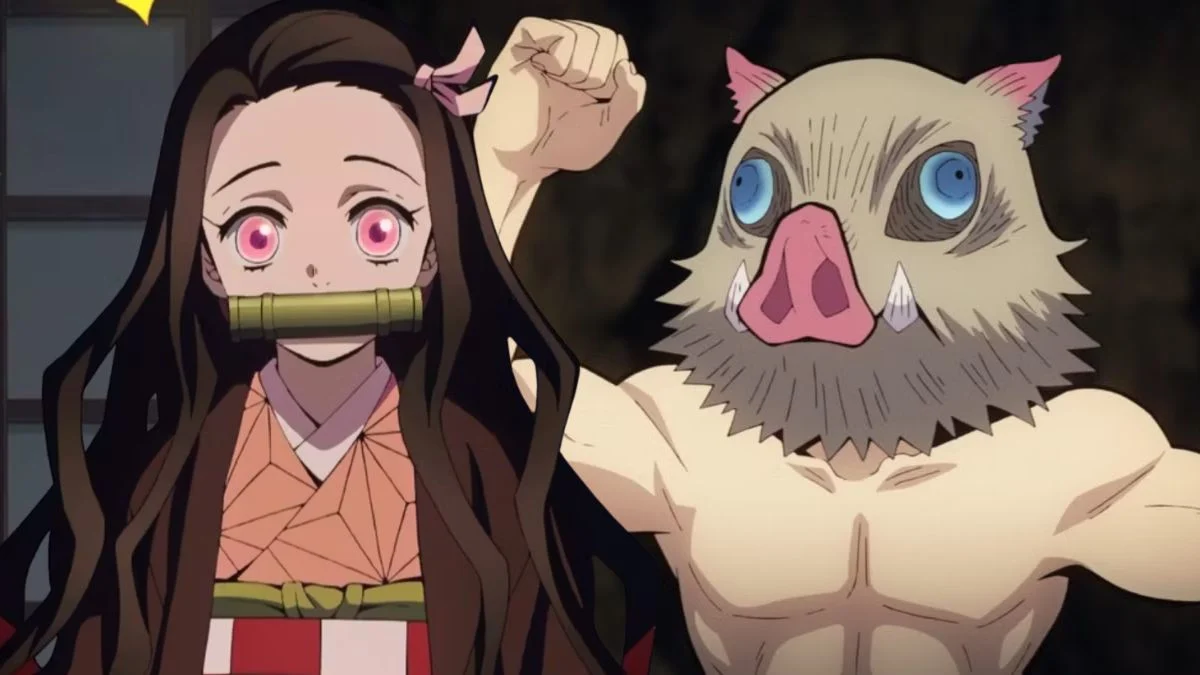


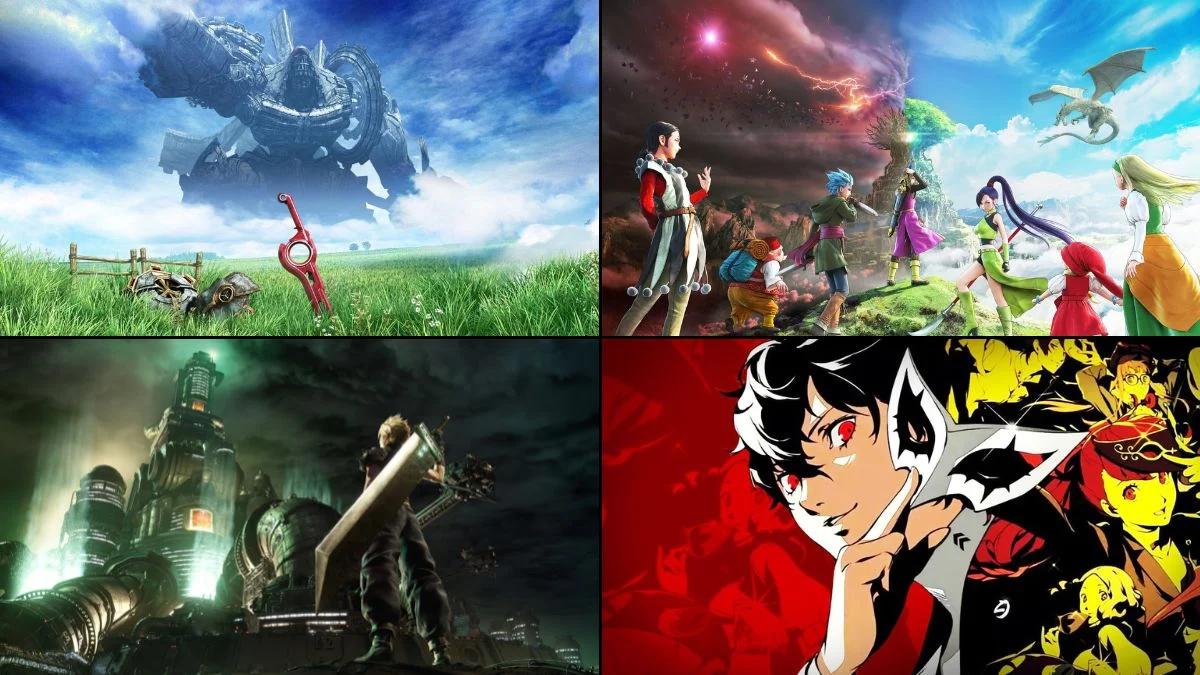


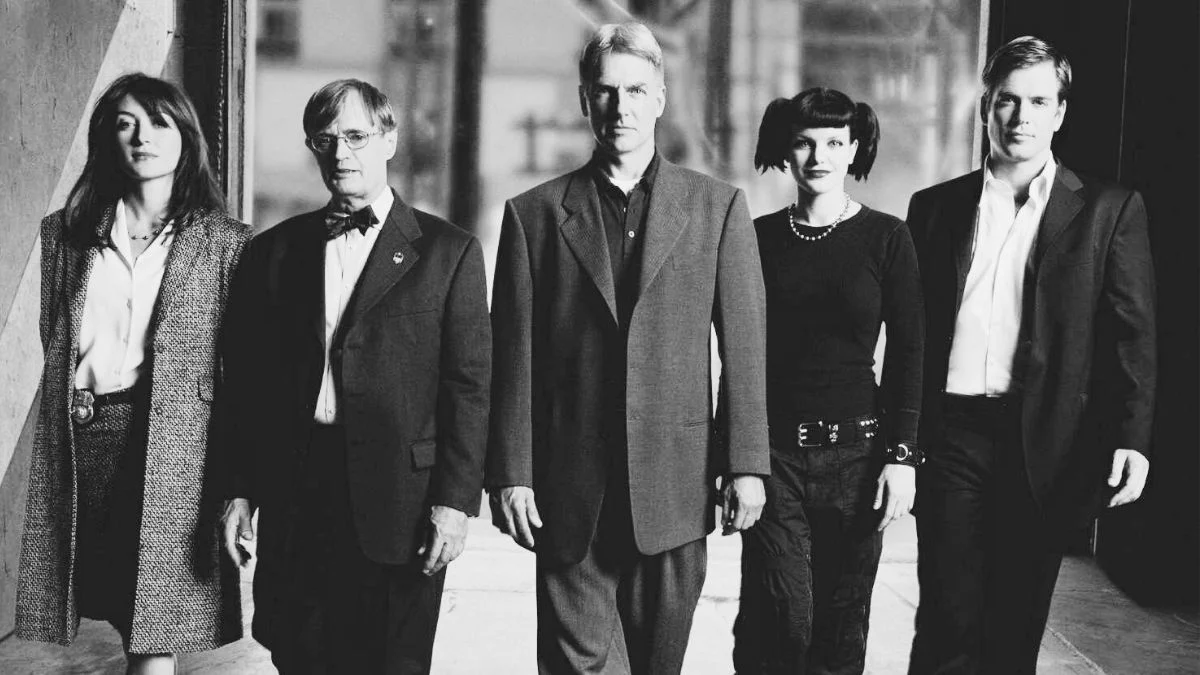
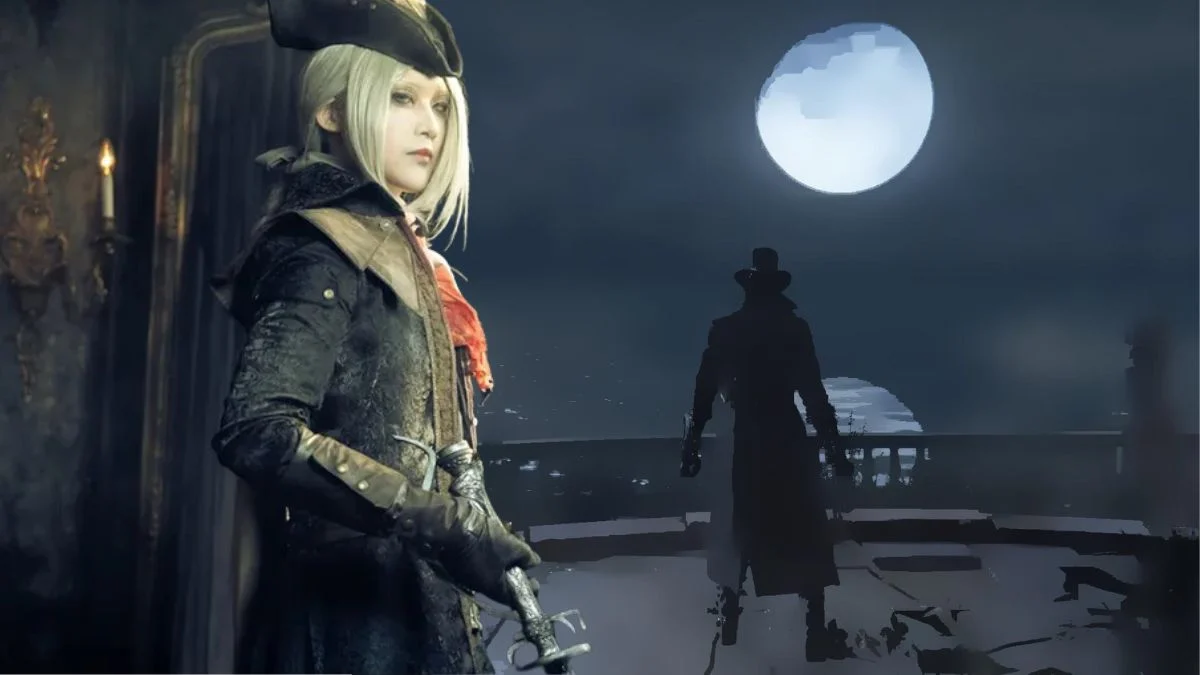





.jpeg)













 English (US) ·
English (US) ·